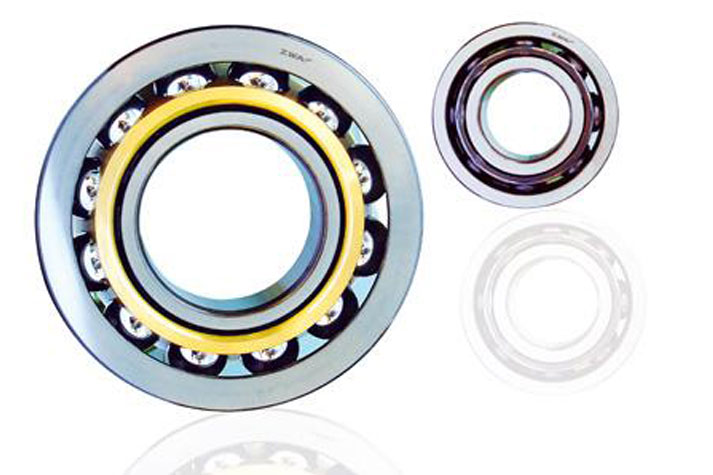
The design and analysis processes of paper bearing involve several steps. Here is an overview of these processes:
1. Requirements and Specifications:
The design process begins by determining the specific requirements and specifications of the bearing based on the application. This involves understanding factors. Such as load type, size, and direction, speed, operating temperature, and environmental conditions.
2. Bearing Type Selection:
The design process involves selecting the appropriate bearing type. This based on the application requirements. Common types include different types of ball bearings, types of roller bearings. The selection considers factors such as load capacity, rotational speed, stiffness, and accuracy.
3. Bearing Geometry and Material Selection:
The design process involves determining the optimal bearing geometry. Including dimensions, raceway profiles, and the number and size of rolling elements. Material selection is also crucial. Considering factors such as load capacity, wear resistance, corrosion resistance, and temperature limits.
4. Load and Stress Analysis:
Load analysis involves calculating the applied loads on the bearing. Including radial, axial, and moment loads. This analysis helps determine the load distribution across the bearing components. Stress analysis involves evaluating the contact stresses and deformations in the bearing components under the applied loads.
5. Lubrication and Friction Analysis:
Lubrication analysis focuses on determining the appropriate lubricant type, viscosity, and lubrication method. Friction analysis involves estimating the frictional losses, power consumption, and heat generation within the bearing.
6. Fatigue Life and Durability Analysis:
The design process includes evaluating the fatigue life and durability of the bearing. This analysis estimates the number of cycles the bearing can withstand before failure due to material fatigue.
7. Bearing Optimization and Iterative Design:
Based on the analysis results. The bearing design may undergo optimization to improve its performance. During the design process, engineers perform iterative design cycles to refine the design.
8. Prototyping and Testing:
After finalizing the design, ZWA produce a prototype bearing. And subject it to various tests.Including load testing, durability testing, and performance evaluation. Testing helps confirm the design and ensures that the bearing meets the desired requirements.
9. Manufacturing and Quality Control:
Once the prototyping and testing stages are completed. ZWA proceed to manufacture the bearing design. We install quality control processes to ensure the manufactured bearings meet the design specifications.
The design and analysis processes of paper bearing involve a combination of engineering principles, computational tools, and empirical testing. These processes aim to produce reliable, efficient, and durable paper bearing. This bearing can meet the specific needs of their intended applications.

